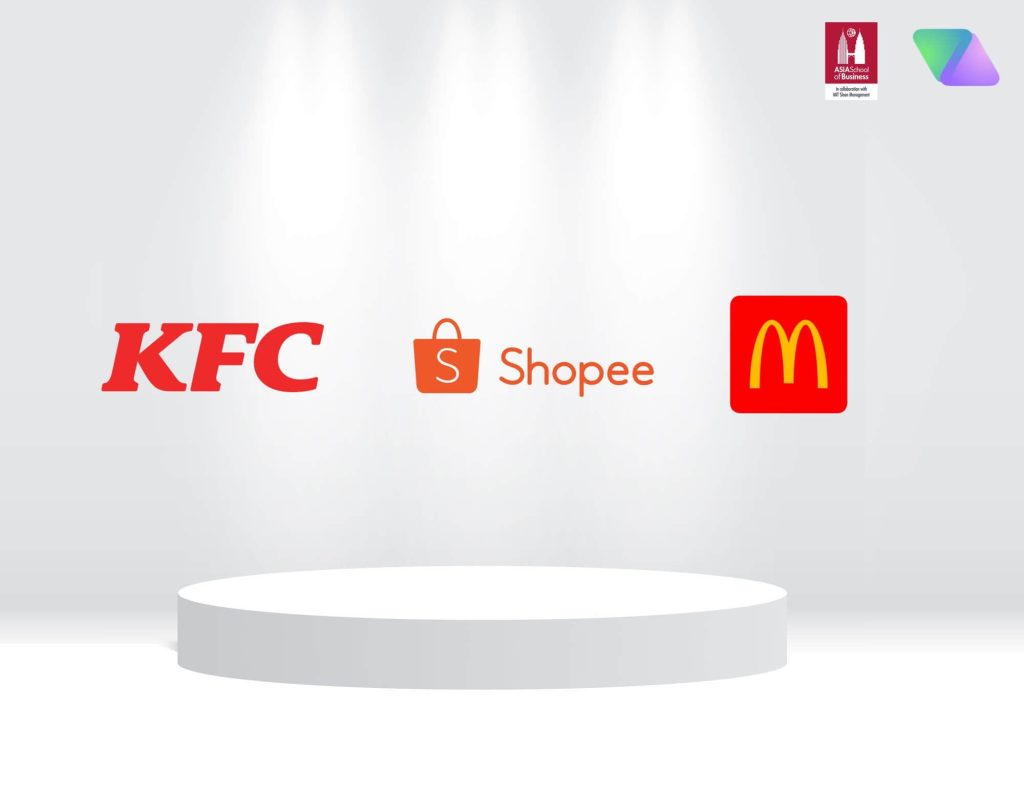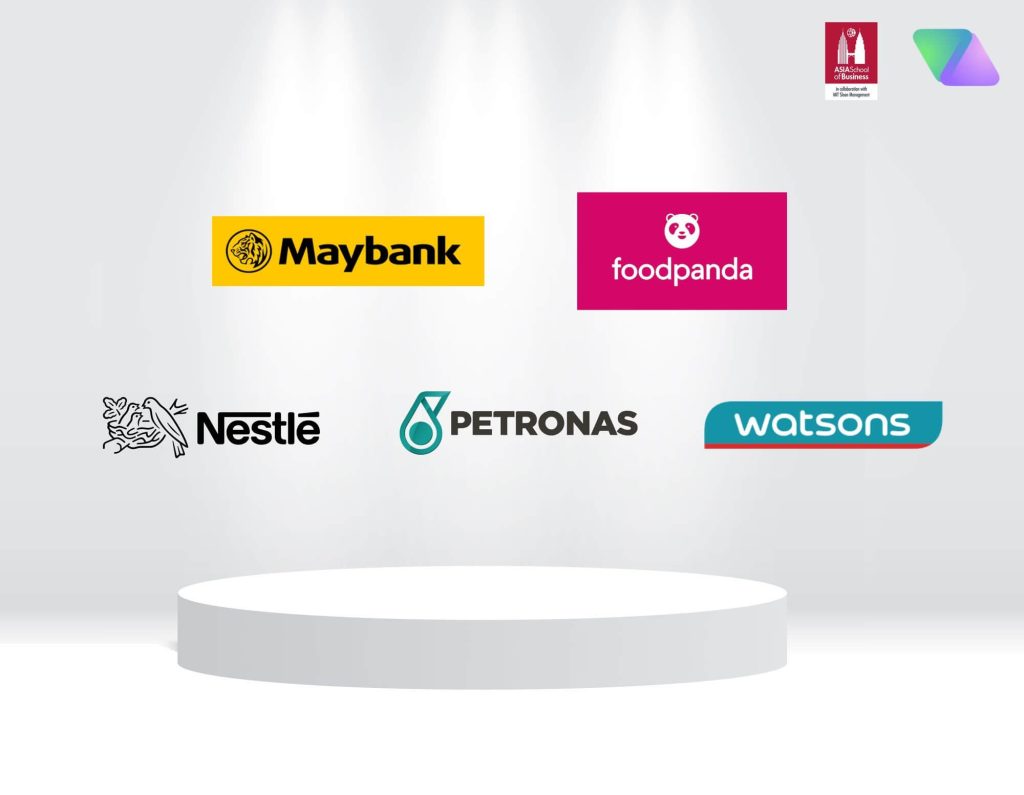391 respondents picked KFC, Shopee and McD as top brands that would have been invited to their homes.
Just as the Holy Month of Ramadhan was about to end, and Hari Raya celebrations were being looked forward to, a steeply rising number of new COVID cases made the Government put the nation under a very strict lockdown forbidding families to visit each other’s Open Houses. As with Hari Raya celebrations were muted and families could not completely reunite, the wish to be together resonated louder than ever amid the people.
Many brands wanted to echo these sentiments, and as such their Hari Raya ads showed us of how it is to celebrate together, while reminding us of the good times when the entire family was together. These memories and brand stories went viral and were widely shared on social media news walls, individual stories, and of course through traditional media channels like TV commercials.
“Going back into lockdown, means that many more consumers are spending more time online but with limited attention spans, brands that focus on capturing the ‘mind space’ of the consumer will be the ones that grow faster,” said Julie Ng, Researcher & Co-Founder of Vase.ai. All the more, these commercials were instrumental in promoting the Hari Raya celebrative spirit. It looked as if the brands themselves, were inviting us to their own Hari Raya open houses.
Asia School of Business and market research company Vase.ai were curious to see whether people would think of offering a counter-invitation: Should brands became persons, would they be invited to join our Hari Raya Open House celebrations? In opening this question, Vase.ai conducted a large-scale study among 391 ethnic-Malay Malaysians. The study presented a choice of 35 brands that heavily advertised during the last month in conjunction with Hari Raya to this representative sample.
The questions posed to the pool were:
“Consider this hypothetical scenario: The government is allowing you to have a small, safe and socially distanced Hari Raya open house. If brands were people, which of the following brands would you invite to the open house? Please select all that apply.”
Asking people to view brands as a person is a very common practice, the company notes. Consumers often attribute human features to brands on a daily basis. Many people project selected personality characteristics on the brands they are familiar with and favour. As an example, the car brand Volvo projects a responsible, trustworthy, reliable, and a family-man personality.
The Eight Invited brands:
This study uncovered that on average, a brand receives a Hari Raya open house invitation from 22% Malay Malaysian consumers. Some brands are more welcomed than others.
3 Most Invited Brands – KFC, Shopee and McDonald’s

3 Most Invited Brands
Three brands – KFC, Shopee and McDonald’s – made the most wanted guest at Hari Raya open houses. As the nation’s favourite cousins, they won close to a 50% popularity vote. Also interesting to note is that these same trio came up on top for a similar study earlier this year on CNY Open House.
Followed by 5 Invited Brands

5 Invited Brands
The five brands that follow in getting invitations from 30% or more from the people, but not by a majority are “good family friends”: Maybank, Foodpanda, Nestlé, Petronas, and Watson’s.
The Seven Un-invited brands
Three of the 35 brands included in the study were grouped in those that would not receive invitations. For one of the brands that were categorised as a non-invite, there was an obvious reason: it is a strong-branded medicine. Purchasing medication is unlikely to be at the top of Malaysians’ minds as they’re planning their Hari Raya open house!

Figure 1
A fourth group consists of three brands with a certain “double-bind.” The relationship is a mix of positivity and negativity. For instance, people are uncertain if they should invite brands of an entertainment/media company, an airline, and a personal care company. In a relational sense, “it’s complicated” as the number of Hari Raya open house invitations is as large as the number of non-invites.
“Perhaps the worst that can happen to a brand is being ignored. We found 20 brands caught in the silent and uneventful zone of indifference.” said Willem Smit, Assistant Professor of Marketing at Asia School of Business and International Faculty Fellow at MIT Sloan.
The TWENTY Brands in the “Danger Zone of Indifference”
This study grouped a fifth group of brands – those that people don’t really care about. Twenty brands were classified as those that do not have a significant connection with the people, and are not even important enough to be disliked. Typically, more than 70% of consumers ignore them. Being placed in the “Zone of indifference” category would be a nightmare scenario for the marketer, as there is no existing cloud to start a conversation and sharpen the brands’ positioning.
It means it’s all the way back to the drawing board: thinking of the ideal target audience and crafting a better value proposition. Being in the category also means they are way below most people’s radar and results in an even worse start for them this year. There is no consolation for brands in the Zone of Indifference as it means hard work – if not the end is near, and they might well be unlikely to be part of the Hari Raya celebrations in 2022.
By: Professor Willem Smit, Assistant Professor of Marketing at Asia School of Business and International Faculty Fellow at MIT Sloan.
Read the full article here.
This article was originally published on Vase.ai, a market research technology firm specialising in online consumer research to help consumer brands make decisions that drive higher ROI.




